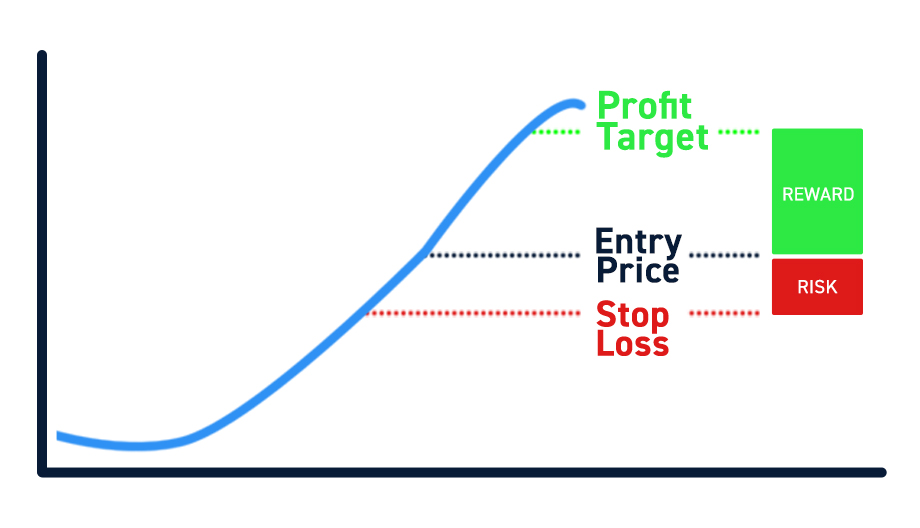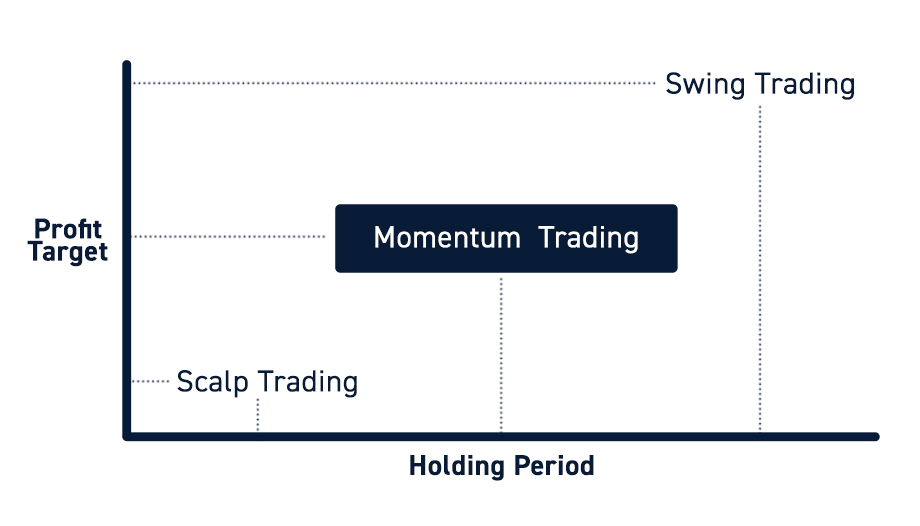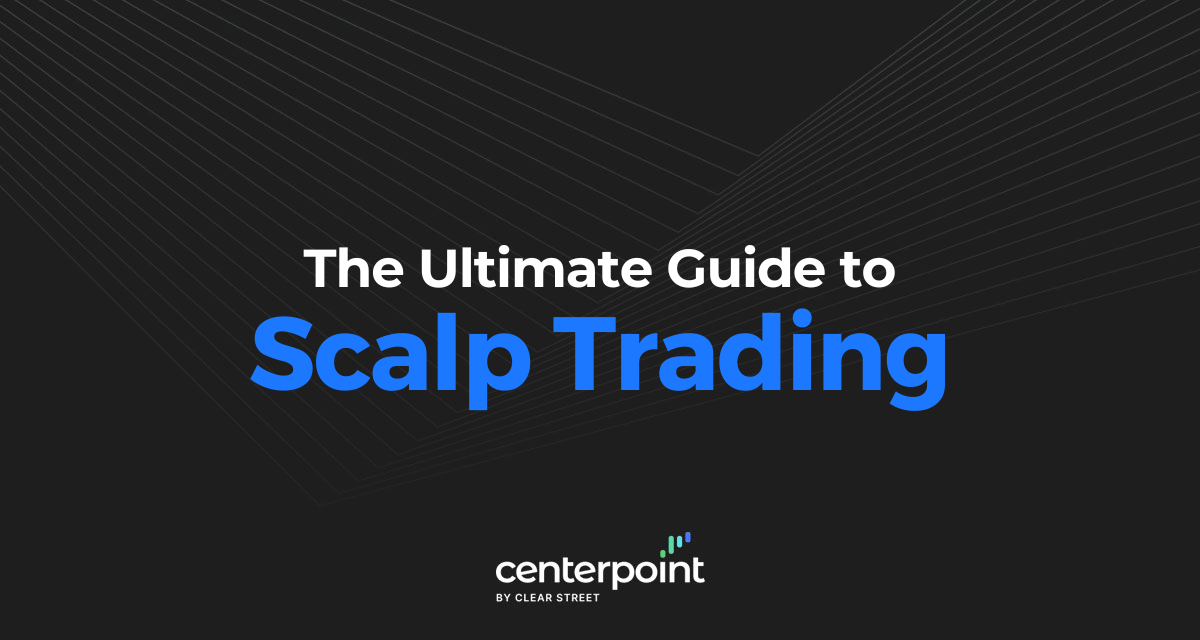The thrill of stepping into a trade that immediately spikes after your entry enabling you to sell into the momentum for a “scalp” on moderate to heavy sizing can be addictive. Even better, when you “high-tick” your exit, meaning selling your position right into the high of the day before sharp pullbacks set in is one of the greatest feelings you can experience as an intraday trader. However, those highs can get steamrolled to lows within minutes when you impulsively chase a trade trying to buy high and sell higher, only to have the rug pulled beneath you as the shares collapse quickly. There is a difference between newbie scalpers and seasoned scalpers.
Here is a look into the world of scalp trading.
What is Scalp Trading?
Scalp trading, also referred to as scalping, is a form of intraday trading that seeks to profit off of small incremental price moves. However, these aren’t random price moves but high probability patterns that are strong enough to warrant larger sized positions to profit from only a fraction of the larger move. While scalp trading may appear risky, true scalping is risk averse in nature when managed properly with stalwart discipline and prudent reaction times.
Scalp Trading Objectives
While the obvious objective of scalp trading is to close the position with profits, that’s more of a by-product rather than an objective. Looking beneath the surface, a seasoned scalper understands that the formula for success is proper risk vs. probability, not risk vs. reward.

Let Smaller Profits Add Up
Using a baseball analogy, think of scalping as taking base hits versus going for triples and home runs. Scalping requires you to be intimately aware of the underlying trading patterns of the stocks on your watch list. You must also trade with a solid methodology.
While a pattern set-up may ultimately result in a larger price move, taking smaller profits on that move has a higher probability of success. For example, it’s easier to aim for a +$0.25 price move on XYZ stock than aim for a +$1.25 price target. Naturally, the smaller the profit target gets hit first and thus carries a higher probability of success.
Get In and Out Quickly
Scalp trading is risk averse in that the trader wants to sit through as few wiggles as possible. This means getting in and getting out quickly. If playing a long set-up, you are getting in quickly on the trigger and getting out even as the stock is rising to ensure plenty of liquidity for the exit and also potential commission rebates. Speed is priority. Therefore, preparation must be made ahead of the trade to be fully aware of the triggers for entries and exits.
Prepare Well Ahead of the Trade
This is what separates seasoned scalpers and newbies. Preparation must be taken well ahead of the trades so that you have already planned stops and targets based on your methodology.
For any stock you plan to scalp, you must understand the price supports, resistances and the set-up. From there, you can calculate the share sizing and the probabilities versus the risk. In scalping, a 3:1 risk to reward ratio is common (although, lower risk/reward is always more favorable). This may sound backwards because it means risking $0.60 on a trade to make a $0.20 reward. However, if the probability of hitting + $0.20 profit first is very high (greater than 80%), then it’s a viable trade for a seasoned scalper to take. Remember, the set-up must be high-probability to quality.

Don’t Impulse Trade
Never impulse trade a stock you haven’t planned out ahead of time. It’s tempting to jump head first into a stock that’s making new intraday highs or based on a news release that just hit the newswires. The market wants you to experience the fear of missing out (FOMO). However, keep in mind that market makers and seasoned traders are already well ahead the game and counting on newbies to impulse trade for that extra liquidity. Blindly jumping into a stock not trading, it’s gambling.
Manage Your Risk
In scalp trading, risk is comprised of two components, position size and holding time.

The larger your position size, the more risk you undertake. If the bottom falls out on your large position, your losses add up quickly.
The longer you hold a position, the more risk you take. This is because you are naturally exposing your position to market forces that may or may not be correlated or seen. The longer you hold a position, the greater the chances of unforeseen price swings. For example, S&P 500 futures take a dive or a peer stock collapses or announces an earnings warning can affect your position.
To offset the risk of holding a larger position (positive size), you must trim the holding time. To offset, the risk of holding time, you can trim the position size. This constant managing of risk is key to optimizing price moves while minimizing risk perpetually.
Scalp Trading Tools
To be effective with scalp trading, you need to have some minimum robust tools on a stable day trading platform. Beginners may (misguidedly) believe their mobile trading app or a zero-commission broker is adequate for this, but that can be a costly mistake, especially when the platform locks up. Here are some key scalp trading tools.
Level 2 Windows and Time and Sales
The level 2 windows provide the market depth information displaying the individual market makers and ECNs under the best bid and best ask quote. It affords you the ability to gauge how deep a price level may be in terms of support or resistance. Having access to level 2 screens preferably with Nasdaq Totalview, NYSEARCA order books and various ECN orders books is key to being able to spot the liquidity. Time and sales record the actual trades printed to the tape, which are the core data points for the charts. Having access to these tools are required to be able to place your trades precisely and methodically especially during periods of volatility.
Direct Order Routing
While being able to observe the level 2 is important, it also helps to guide your order routing. As you see the participants adjusting their bid and ask quotes, you can also place your orders directly to them or opt to provide liquidity or take liquidity. Direct order routing enables you to take complete control of your execution fills as well as collect ECN pass thru rebates applied to your commissions.

Advanced Charting
Having price charts available with both price and momentum indicators helps trading interpret price action as it develops based on the its history. The charting platform should enable pre-market and post-market charting with multiple time frames and configurable technical indicators.
Direct Market Access (DMA) Broker
A direct market access brokers (DMA) trading platform has all the aforementioned tools in addition to low-latency robust and stable data feeds and execution platform. These platforms are provided through direct market access (DMA) brokers that are specialized to cater to active traders and especially scalp traders. In addition to the aforementioned tools, DMA brokers provide excellent customer support through phone, platform, messaging and e-mail. They don’t take three-days to respond to your questions via e-mail, like many of the popular zero-commission trading apps. In addition, many DMA brokers have short locate desks that will find non easy to borrow (HTB) shorts (often embedded directly into the platform). They continually provide updates on short inventory throughout the day.
The difference between a DMA broker and a zero-commission discount broker or mobile app is night and day. The most important factor is support. They are your defensive armor in case of outages and problems you may encounter with a trade. The cliché, “You get what you pay for”, is never more apparent than during an outage, where thousands of dollars are at risk while waiting for an e-mail response to a situation that requires immediate attention (IE: trying to get a confirmation on an exit as the stock collapses). Most DMA brokers offer a demo trial to test drive the trading platform in simulator mode. It’s prudent to take the trial to see how they compare to a discount retail broker or mobile trading app.
How Does Scalp Trading Compare to Other Trading Styles?
Scalp trading looks to capitalize on incremental stock price moves utilizing heavier share allocation coupled with smaller holding times. The goal is to eliminate risk by closing out the position quickly, with a profit or a stop-loss. Price targets may range from a few nickels and dimes to a few quarters with holding periods ranging from seconds to minutes. How does it compare to other styles?

Scalp Trading vs. Swing Trading
The trading methodology for scalp trading is almost identical to swing trading, however, the holding period and share allocations are smaller or larger price swing targets. Where a scalp trade may encompass three-minutes in and out, a swing trade may take an overnight to multiple days.
To offset the longer holding time risk component, smaller share allocation is implemented. Whereas a scalper seeks a $0.25 profit utilizing a 1-minute candlestick chart, a swing trader may be seeking a $2.50 profit target utilizing a daily chart. The scalper may take a 1,000 share long position for the $250 profit, a swing trader would take a 100 share position for the same $250 profit.
These two styles seek the same objectives but with different risk settings. It’s a matter of individual preference, using a scalpel or a mallet to accomplish the same end goal.
Scalp Trading vs. Momentum Trading
For the most part, scalp trading is momentum trading when executing trades on momentum stocks. Scalpers are attempting to enter ahead of the momentum and sell into the momentum before it dissipates. Scalp trading and momentum trading are very similar overall. The main difference comes in the trading style itself.
Scalp traders generally have more conservative price targets than momentum traders. Whereas momentum traders aim to capture “the meat of the move,” scalp traders just want a small piece of the action. For example, a scalp trader may have a profit target of $0.10/share, which may represent just 10% of a bigger move, whereas a momentum trader may have a profit target of $0.60/share, which represents 60% of the move.
Risk mitigation is another consideration. Scalp traders may take larger positions and accept less favorable risk/reward ratios than momentum traders. Risk is mitigated by limiting holding times and focusing on the highest probability setups.
On the flipside, momentum traders focus on highly favorable risk/reward ratios (i.e. risk $1 to make $3) and mitigate risk through position sizing.
Final Thoughts
Scalp trading takes a lot of preparation, so you don’t freeze like a deer in the headlights when the momentum reverses. However, the rewards are quick and bountiful when the work is “put in” ahead of time. Avoid impulse trading and be fully aware of the key price inflection points on your stocks to enable the best entries and exits. As you improve, practice scaling into and out of positions. This enables you to attain better average prices and adapt to market conditions.






